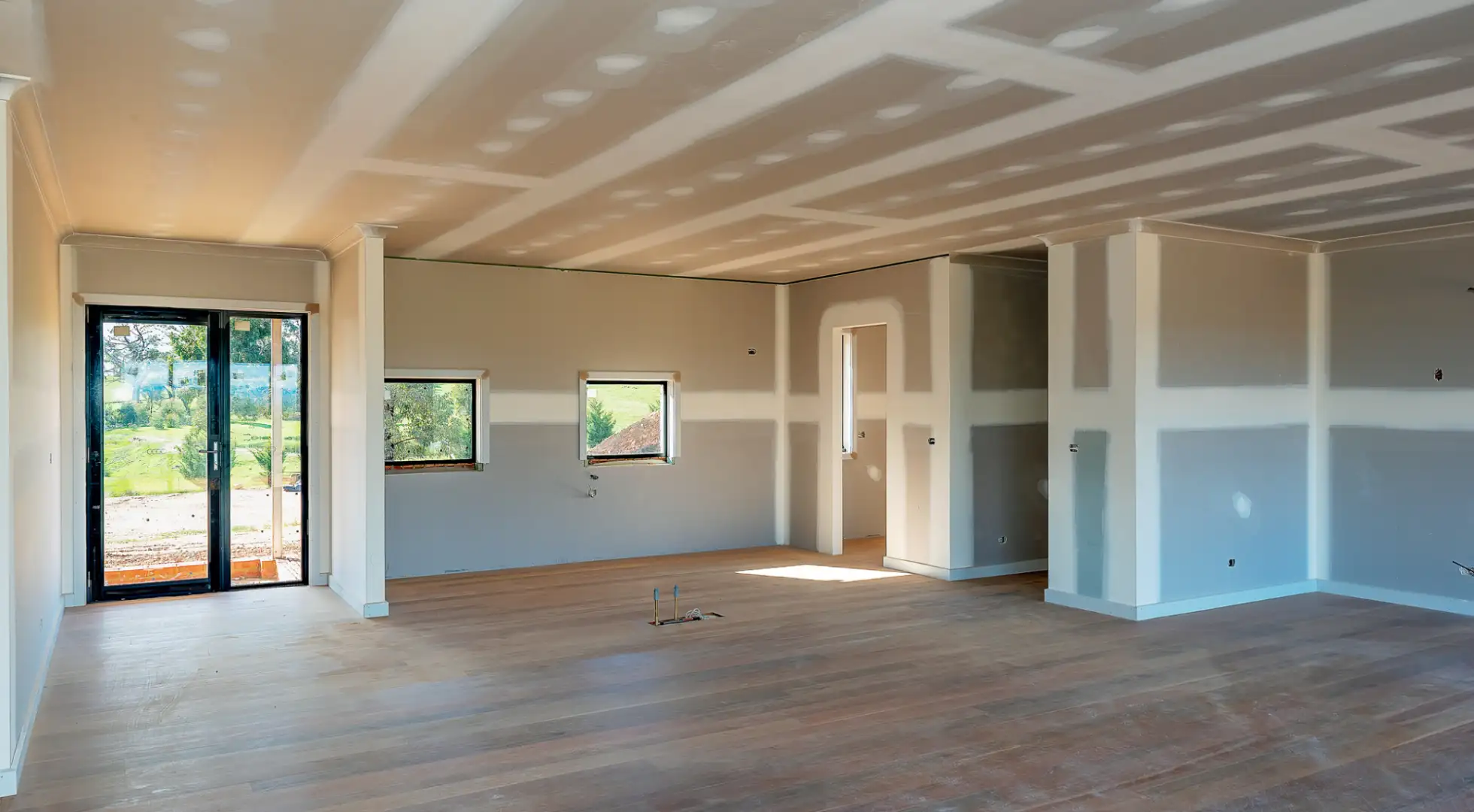Selling a Home Costs a Small Fortune. Renovate With a HELOC Instead

The costs of moving can be enormous:
→Real estate commissions (5-6% of sale price)
→Transfer taxes (1-2% depending on your state)
→Title and escrow fees ($2,000+)
→Seller concessions ($5,000+)
→Moving costs ($3,000 or more)
→Closing costs on the new home and mortgage ($10,000+)
On a $500,000 home, it could cost $50,000 or more to sell and move – a whopping 10% of your home’s value.
What if you could put that money toward a renovation that could keep you there longer?
While $50,000 likely isn’t enough for a large renovation, it’s certainly better than using it for commissions, taxes, and moving costs.
But how do you access that money?
See if you qualify for a HELOC.
Tapping Into Home Equity Instead of Selling
While you could get a cash-out refinance to renovate, you would lose your existing mortgage rate and incur thousands in closing costs.
A better alternative could be a low-closing-cost home equity line of credit (HELOC) which doesn’t affect your first mortgage.
Qualified applicants can access between 80-100% of their home’s equity.
For example, you have a $250,000 loan on a home worth $500,000. You may be eligible for a HELOC of $150,000 to $250,000.
The funds might be enough to add a room if you’ve outgrown the home. Or maybe the home needs a complete remodel.
Whatever the reason, it could make more sense to invest the money it would have cost to sell into your existing home. Otherwise, agents, mortgage brokers, and state governments may get that money.
How Much Will a HELOC Cost You Monthly?
While a HELOC could be a better use of your money than selling, it’s not free money.
HELOC payments are usually interest-only, meaning you pay interest on the outstanding balance each month, although you can pay more.
The rate is tied to the prime rate and fluctuates with economic conditions. For instance, your HELOC rate might be “prime plus one” or “prime minus one-quarter.”
Example: You have a $150,000 HELOC at prime minus one-half. If prime is 8.5%, your rate is 8% and the minimum monthly payment is $667 per month ($150,000 X 0.08 / 12).
HELOC Interest-Only Payment Formula: Loan Amount X Interest Rate / 12.
Following are example payments based on varying loan amounts and rates.
HELOC Interest-Only Payments by Rate and Loan Balance | ||||
| Rate | $100K | $200K | $350K | $500K |
6% | $500 | $1,000 | $1,750 | $2,500 |
7% | $583 | $1,167 | $2,042 | $2,917 |
8% | $667 | $1,333 | $2,333 | $3,333 |
9% | $750 | $1,500 | $2,625 | $3,750 |
10% | $833 | $1,667 | $2,917 | $4,167 |
You only pay interest on the amount borrowed at the time. This makes a HELOC a good tool to draw funds for renovations that don't require large initial costs.
The interest-only period typically lasts 10 years, then you enter a 10- to 20-year principal and interest repayment period.
If you’d rather have a fixed rate, you can opt for a home equity loan – a lump sum second mortgage with a fixed rate and payment. Some HELOC lenders even let you lock in a portion of the HELOC so the payments are more predictable.
Best and Worst Renovations To Increase Livability And Home Value
If you’re considering renovating instead of selling, plan to tackle improvements with the highest returns.
You’ve probably already heard that kitchen and bathroom remodels yield great returns for home value. But one improvement that may be even better: adding a bedroom.
In some homes, you can use existing square footage to add a bedroom, bringing down the cost.
If not, a bedroom addition can be prohibitively expensive: you could spend $100,000 on a basic 250-square-foot room addition, for instance.
Make sure you can recoup most of the cost when selling.
When it makes sense, a bedroom addition does two things simultaneously:
1. Increases usefulness of the home
2. Skyrockets the value
An extra bedroom could help you stay in the home for years to come and net you a nice return when you sell.
According to the Family Handyman, the worst home improvements are:
Expanding the master bedroom (without adding to room count)
Backyard improvements
Bathroom addition
Sunroom
Home office renovation
Window replacement
These improvements aren’t bad if they make the home more livable. But they don’t have the same return on investment as others. Make sure your renovation will yield a reasonable return when selling someday.
More About HELOCs
If you choose to use a HELOC for your renovation, the following are key points.
Your rate can rise, but the Federal Reserve plans to cut rates in 2024 and beyond, according to its latest guidance. A one-quarter Fed rate cut, for instance, will lower your HELOC rate by the same amount.
In rare cases, the lender can freeze future HELOC borrowing, potentially leaving your project unfinished. This typically happens during large housing market downturns, which don’t appear likely any time soon.
If you find a better deal later, you can refinance your HELOC into a more affordable one.
You can opt for a fixed-rate home equity loan and get a lump sum at closing.
A HELOC can be used for additional purposes like emergency funds, to consolidate credit cards, financing for short-term investments, and more.
If you refinance your first mortgage, you’ll need a subordination agreement from your HELOC lender.
See if a HELOC is Right for You
A HELOC isn’t right for every situation, but renovations are a fantastic use case.
See how much you can qualify for an get started with a knowledgeable HELOC lender.




